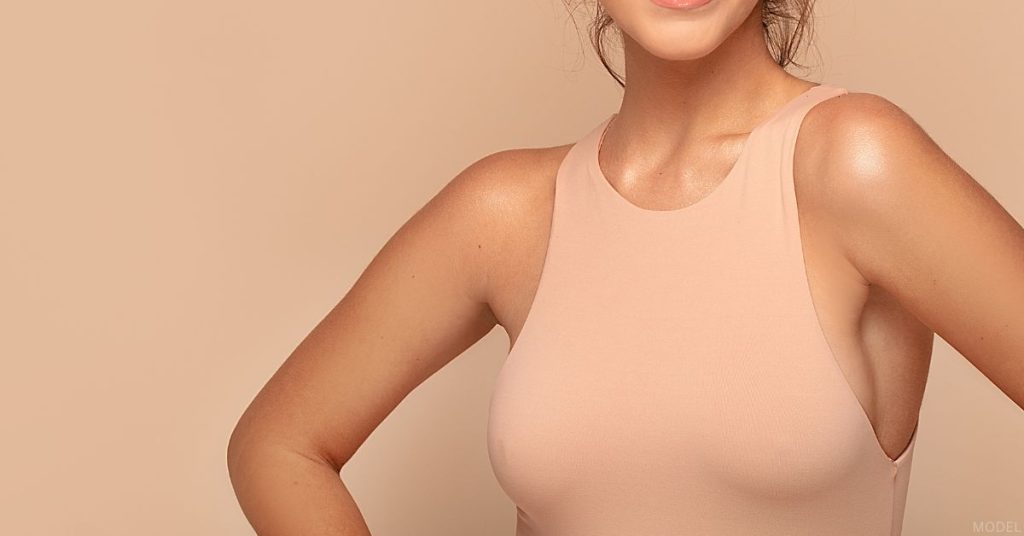Breast ultrasound and mammography are two effective methods of screening for breast cancer. How do you know which procedure is the right one for you? Or perhaps it’s a combination of both? In this blog post, we will look at mammography vs ultrasound for breast cancer screening so you can make the best decision for your needs.
The Importance of Breast Cancer Screening
Early detection is key to the successful treatment of many cancers, especially breast cancer. Breast cancer mortality has decreased significantly since the 1970s due to advancing technology and comprehensive breast cancer screenings.
Routine self-examinations are a profoundly effective screening tool to identify any changes, lumps, or bumps. Even though this is a successful method, self-examination alone is not always enough to detect changes in the tissue or the beginning signs of cancer. For most women, routine breast cancer screening typically involves an ultrasound or mammogram. (The American Cancer Society recommends women have the choice to begin annual mammograms at age 40.)
What Is a Screening Ultrasound?
A breast ultrasound (sometimes called a breast cancer ultrasound) is a safe and painless screening tool that uses sound waves to identify if a breast lump is filled with fluid or a solid mass. The sound waves create an image of the breast and its internal forms and structures as an alternative to radiation.
A breast ultrasound does not replace an annual mammogram; it is a secondary screening for abnormal mammogram results. If a lump is found during a mammogram, a breast ultrasound is the most frequently used next step to identify whether the area has suspicious or safe characteristics.
An early stage breast cancer ultrasound can help determine if the cancer has spread to the lymph nodes under the arms. It can also be used for younger women with dense breast tissue. Visit the NCBI, the National Center for Biotechnology Information, for more information.
Ultrasound Advantages
Breast ultrasound screening offers many benefits to those who have an anomaly on their mammogram. Ultrasound screening is:
- Non-invasive and fast
- Safe for all patients
- Painless
- Able to provide real-time imaging and results
- Capable of offering a clearer view of a breast lump for identification
Ultrasound Limitations
While an effective screening tool, ultrasound doesn’t always provide a complete picture of what is happening within the breast. They:
- Cannot detect microcalcifications
- Captures a partial image of the breast, which makes it harder to compare breast-to-breast or year-to-year changes
- May provide less accurate imaging on very large breast
What Is a Screening Mammogram?
A mammogram is a breast screening with x-ray imaging that can show changes in the tissue. It detects areas of unusually concentrated tissue that may contain a growth or early signs of breast cancer that can be overlooked on an MRI, self-exam, or ultrasound.
Small clusters of calcium are often the first sign of cancer, and a mammogram is the most effective screening tool for seeing these small dot-like areas.
During a mammogram, the breasts are compressed between two surfaces to thin the tissue and capture digital or film images. Women with implants can and should have annual mammograms, which may require additional images.
Traditional mammograms are completed with 2D imaging, but more recent technology allows for more effective 3D imaging. Bedford Breast Center offers 3D mammography to patients for a more comprehensive view of the breast and improved clarity in diagnosing breast cancer.
Mammogram Advantages
Mammograms are a highly effective tool and key to early detection. A mammogram offers many advantages; it is:
- A comprehensive exam with complete breast imaging
- The most effective way to image calcium deposits, which can be the earliest signs of cancer
- Able to identify asymmetries and distortions
- Non-invasive and fast
Most importantly, a mammogram aids early detection when more treatment options are available.
Mammogram Limitations
While a mammogram is the best screening tool for breast cancer, there are some disadvantages. A mammogram has:
- Exposure to small amounts of radiation
- Risk of overdiagnosis or false alarms
If there is any cause for concern after your mammography screening, you may need to undergo a diagnostic mammogram to investigate further. You can learn more about the differences between the two procedures in our related blog post.
Key Differences Between a Mammogram & Breast Ultrasound
There are several key differences between a mammogram and a breast ultrasound. First, a breast ultrasound is not a replacement screening tool for a mammogram but can be conducted in addition to an annual mammogram if a patient has abnormal results.
- A mammogram uses a low dose of radiation to form comprehensive breast images, whereas an ultrasound uses sound waves to create an image.
- When it comes to early detection, a mammogram provides a complete photo of the breast that identifies lumps, changes, or asymmetry. In contrast, an ultrasound can provide more detailed imaging and information about a particular area or abnormality.
How To Know Which Procedure Is Right for You
A breast ultrasound and mammogram are both practical and effective screening tools used in different situations. All patients should have an annual mammogram, but not all patients require a breast ultrasound.
Bedford Breast Center is an accredited breast care medical center providing routine breast screenings to detect breast cancer in its earliest stages. The state-of-the-art facility is the No. 1 breast cancer prevention and surgical center in Beverly Hills, providing superior care to women.
Our expert oncologists and surgeons take the time to educate you on all your options for prevention and treatment. We can help guide you through the screening process and provide customized treatment plans based on your concerns and test results.
Contact Our Beverly Hills Breast Medical Center Today
It is never too late to take control of your breast health. Contact our medical center or call (310) 278-8590 to schedule a consultation and learn more about our breast screening procedures.

